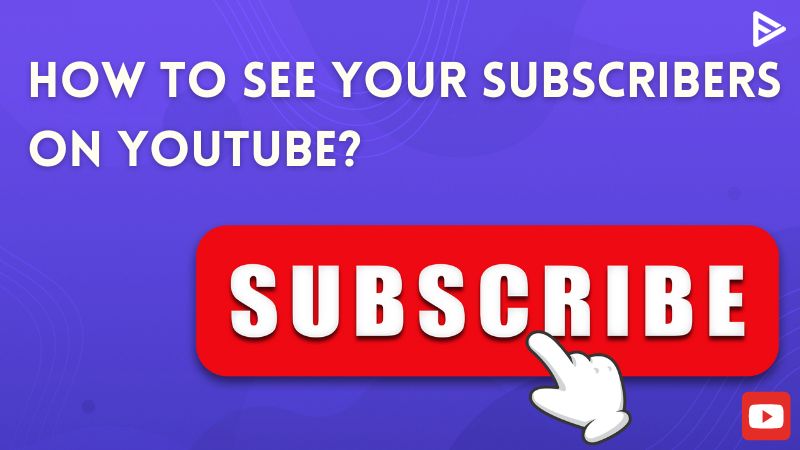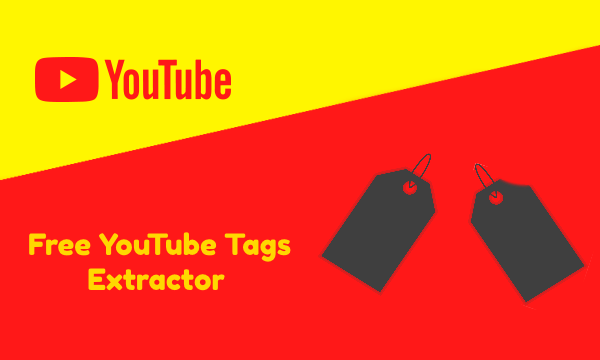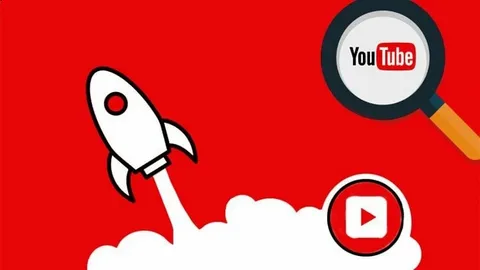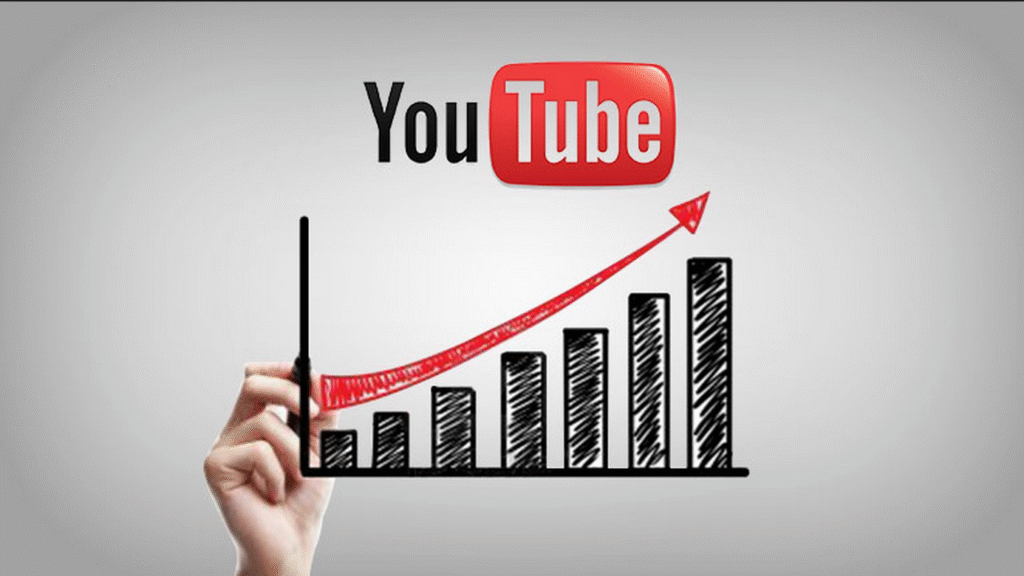Knowing how to see your subscribers on YouTube is more than just checking a number—it’s understanding who’s engaging with your content. Whether you’re a content creator growing a brand, a business monitoring audience trends, or simply curious about your community, the subscriber list gives you insight into the viewers who’ve chosen to follow your channel.
This guide walks you through the exact steps to view your YouTube subscribers using both desktop and mobile devices. It also explains why some subscribers don’t show up, how to interpret what you see, and what you can do with that data to grow your channel.
What You Need to Know First
Before diving into the steps, it’s important to understand how YouTube handles subscriber visibility. Not every person who subscribes to your channel will appear in your subscriber list, and that’s not a glitch—it’s by design.
Public vs. Private Subscriptions
By default, all YouTube users have their subscriptions set to private. This means when someone subscribes to your channel, you won’t see their name or profile—unless they’ve changed their settings to make subscriptions public.
Even though these private subscribers are counted in your total subscriber number, they won’t appear in your Recent subscribers list.
Subscriber List vs. Subscriber Count
There’s an important distinction between your subscriber count and your subscriber list, and understanding this difference clears up a lot of confusion.
Your subscriber count reflects the total number of people who have subscribed to your channel. This number includes everyone—both those with public subscriptions and those who choose to keep their subscriptions private.
In contrast, your subscriber list only displays accounts that have their subscriptions set to public and meet YouTube’s visibility standards. That means even if someone is counted in your total, you won’t see their name or channel in the list unless they’ve made their subscription activity public.
List Only Includes Recent Subscribers by Default
In YouTube Studio, you’ll find a section labeled “Recent subscribers.” By default, it shows the most recent 28 days. However, you can filter it to show data across different time ranges—including “Lifetime.”
Accounts That Don’t Appear
Some subscriber profiles may not show due to:
- Privacy settings (subscriptions set to private)
- Closed, suspended, or spam accounts (removed from your count)
- New accounts without profile activity
Real-Time Count Is Different
If you want to see your exact, up-to-the-minute subscriber number, head to:
YouTube Studio → Analytics → Overview → SEE LIVE COUNT
This number includes all subscribers, whether public or private.
How to See Your Youtube Subscribers on Desktop
The most complete way to view your YouTube subscriber list is through the desktop version of YouTube Studio. This method offers the most features, including filtering by time, sorting by subscriber count, and visiting subscriber profiles. To see your youtube subscribers on desktop, just follow the below given steps:
Step 1: Go to YouTube Studio
- Open studio.youtube.com in your browser.
- Log in with the Google account linked to your YouTube channel.
Step 2: Locate the Dashboard
- Once inside YouTube Studio, you’ll be on the Dashboard by default.
- Scroll down until you find a card titled “Analytics.”
Step 3: Select “Subscribers”
- From the left menu select the metrics “Subscribers.”
Step 4: Change the Filter
In the expanded view, you can:
- From the right top, select the filerts Daily, weekly, monthly and Yearly to see the subscribers list accordingly.
Step 5: Review Subscriber Information
Here you can easily see your subscribers list.
How to See Your Youtube Subscribers on Mobile
To see your subscribers on Mobile, just follow the below given steps:
Open your mobile, then open the YouTube app.
Tap on your profile picture in the top right corner.
You will see your channel name with the option “View your channel” — click on that.
Next to the Manage button, you’ll see an Analytics icon — tap on it.
From there, you can view information about your subscribers, watch time, and hours.
Why Some Subscribers Don’t Show Up
Many creators feel confused when they notice that the list of subscribers shown in YouTube Studio is much shorter than their total subscriber count. This isn’t a mistake—it’s due to how YouTube filters and displays that data.
Private Subscriptions
Private subscriptions are the main reason you can’t see some subscribers. According to YouTube’s help community, By default, most YouTube users keep their subscriptions private, which means their names and profiles will never appear in your list—even though they’re still counted in your total number.
YouTube does this to protect user privacy, and there’s no way to override this setting from your side.
Spam or Inactive Accounts
Another common reason is YouTube’s handling of spam or inactive accounts. If a subscriber’s account has been suspended, flagged for spam, or deleted, YouTube will remove it from both your subscriber count and your visible list. These invisible removals help ensure your stats remain authentic.
Time Filter
There’s also a time filter applied by default. In YouTube Studio, the “Recent subscribers” card shows only the last 28 days of public subscribers unless you manually change the filter. If someone subscribed before that and you haven’t selected “Lifetime,” they won’t appear at all.
InActive Account
Finally, some users who subscribe publicly still may not show up if their account has no profile image, content, or recent activity. YouTube sometimes omits inactive or incomplete accounts from being displayed.
In short, your subscriber list shows only a portion of your audience—those with public settings, active profiles, and legitimate standing. Understanding this limitation helps you focus on the subscribers who are most likely to interact and grow with your channel.
How to Use Your Subscriber List Strategically
Your subscriber list isn’t just a vanity metric—it’s a tool that, when used well, can give you powerful insights into your audience. Understanding who subscribes and when they join helps guide your decisions and expand your influence.
Start by sorting your subscriber list by subscriber count. This allows you to quickly spot channels with large followings who’ve subscribed to you. If these creators have similar content or complementary audiences, consider them for future collaborations. A well-planned video together could introduce your channel to thousands of new viewers. As TubeBuddy notes, “Collaborating with other YouTubers exposes your content to a broader audience” and can boost subscribers, views, and overall engagement.
You can also use your list to analyze what’s working in your content. Match up subscriber spikes with your video upload history. If you notice a surge after a particular video, that’s a strong sign that the topic or format resonated. This feedback loop helps you refine your content strategy based on actual behavior—not just guesses.
Beyond analytics, your list helps you build relationships. Visiting your new subscribers’ channels, leaving thoughtful comments, or even acknowledging them in your own videos shows appreciation and builds loyalty. Viewers who feel noticed are more likely to return and share your content. As FasterCapital points out, “Engaged viewers are more likely to stay subscribed and return for future videos,” and YouTube’s algorithm rewards this by factoring in likes, comments, and shares—boosting your visibility in search and recommendations.
Over time, track subscriber trends manually or in a spreadsheet. Are most of your subscribers gamers, professionals, students, vloggers? Do certain upload times or topics attract more engagement? These insights help you adjust your tone, timing, and video style to better fit your evolving audience.
Lastly, use your subscriber list to test content ideas. If you notice a rise in subscribers from a specific country, niche, or creator community, tailor one or two videos to that group’s interests. When you align content with who’s watching, you increase both retention and shares—two major factors in channel growth.
Leveraging YouTube Analytics for Deeper Audience Insights
- Your subscriber list shows who follows your channel, but YouTube Analytics reveals how your audience actually behaves. Accessible in YouTube Studio, it provides actionable insights that help you make informed, strategic content choices.
As ChartExpo explains, YouTube Analytics offers a window into understanding how your videos perform, enabling creators to optimize content, expand reach, and drive deeper engagement based on real data—not guesswork.
- To access it, go to YouTube Studio and click on “Analytics” in the left-hand menu. On mobile, open the YouTube Studio app and tap the “Analytics” icon at the bottom. From here, explore the different tabs to track your performance.
- The “Audience” tab in YouTube Analytics is especially useful for tracking subscriber behavior. It compares new vs. returning viewers, helping you gauge loyalty. A high number of returning viewers signals strong content retention. As YouTube Help notes, this often reflects a loyal audience—especially when channels post consistently and stick to familiar topics or hosts.
- You’ll also find the “Unique viewers” metric. YouTube Help clarifies that, this shows how many individual people watched your videos during a selected time frame—regardless of how many times they watched. It’s useful for understanding your real reach and estimating audience size beyond views alone.
- “When your viewers are on YouTube” shows when your audience is most active, helping you time uploads for better engagement and visibility. While SocialPilot suggests afternoon or early evening posts often perform well, they note that your best post time on YouTube may be different based on your niche, location, and viewer behavior.
- The demographics section reveals the age, gender, and location of your viewers. If most of your audience is between 18–24 and located in a specific country, you can tailor your tone, language, and examples accordingly as Transcribetube emphasizes that with YouTube’s robust demographic data, creators can create highly targeted content. This makes your content more relatable and increases watch time.
- The “Other channels your audience watches” report reveals which creators your viewers also follow—valuable for both inspiration and collaboration opportunities. As Brand24 explains, this kind of insight is central to YouTube competitor analysis, helping creators identify content gaps, strategy strengths, and engagement patterns to guide future content decisions. Similarly, the “Videos your audience watches” section reveals trending formats or topics you could adapt for your own content.
- Beyond the Audience tab, the Overview section offers a quick snapshot of your channel’s key metrics—views, watch time, and subscriber growth. It also includes the “Realtime” card, which updates your live subscriber count every few seconds. As Publer notes, YouTube Analytics delivers up-to-date performance and statistics for your videos, making it essential for tracking how well your current content strategy is working.
- Explore the Content, Reach, and Engagement tabs as well. These help you understand how viewers find your content, how long they stay, and how they interact through likes, shares, and comments.
When used consistently, YouTube Analytics turns your channel into a measurable project. It shows what works, what doesn’t, and where to focus next—so you’re not just gaining subscribers, but building a responsive, loyal community that keeps growing with you.
Tips for Maintaining More Youtube Subscribers
Seeing who subscribes to your channel is just the beginning—the real value comes from understanding how to turn viewers into long-term subscribers.
With millions of videos uploaded daily, creators need more than just good content.
You need visibility, consistency, and a clear identity that makes subscribing feel like a natural next step. Here’s how to do it effectively.
Start by refining your calls to action (CTAs)
Start with a strong, benefit-driven call to action. Generic lines like “Don’t forget to subscribe” are easy to ignore. Instead, link your CTA to what the viewer gains—like, “If this helps, subscribe for weekly tutorials that make editing easier.” Place CTAs early for mobile users, mid-video when interest peaks, and again at the end.
According to Zebracat AI, CTAs tied to clear value drive stronger results—one channel that replaced “subscribe” with “join the family” saw a 150% increase in subscription growth.
Optimize your videos for YouTube’s search engine
Make your videos search-friendly by optimizing for YouTube SEO. Most new subscribers find channels through search or suggested content, so it’s essential to target phrases your audience is already searching. Use keyword tools—or even YouTube’s own search bar—to identify relevant terms, then naturally include them in your title, description, and tags. Adding subtitles, timestamps, and transcripts also improves visibility and watch time. As Backlinko notes, YouTube’s algorithm favors “Audience Retention” as a key ranking factor—meaning the longer viewers stay, the better your video performs. Effective SEO and optimized metadata directly support that goal
Engage directly with your audience
Engage directly with your audience to increase loyalty and watch time. When viewers feel noticed, they’re far more likely to return—and subscribe. Take time to reply to comments, reference viewer names or suggestions in your next video, and ask open-ended questions that invite interaction. YouTube favors creators who build active communities, and your subscriber list is a gateway to that.
Promote your content outside of YouTube
Promote your videos beyond YouTube to attract fresh traffic. Share content on platforms like Instagram, Reddit, Facebook, or LinkedIn—wherever your audience already spends time. Customize your message for each platform and maintain consistent branding. While many creators rely solely on the algorithm, external promotion gives you more control over visibility. As ContentForest notes, YouTube Analytics’ “Reach” tab tracks “External” traffic sources, helping you identify which platforms are driving the most views—so you can refine your promotion strategy accordingly.
Collaborate with other creators to tap into new audiences
Collaborate with other creators to access highly relevant new audiences. Whether it’s a co-hosted livestream, a challenge video, or a reaction collaboration, working with others introduces your channel to viewers who already watch similar content. Choose partners whose audience overlaps with yours and aim for content that feels mutually valuable—not forced.
Offer meaningful incentives to encourage subscriptions
Offer meaningful incentives to subscribers. Giveaways, free digital downloads, early access to videos, or bonus tutorials can be powerful motivators—especially if they’re tightly connected to your niche. Incentives work best when they add value without attracting the wrong audience.
Read Here: How do you reply to a comment on YouTube
Conclusion
Seeing your subscriber list is just the starting point—but truly understanding your audience is what leads to long-term growth. YouTube gives you the tools to not only view who’s subscribed, but also to analyze their behavior, preferences, and engagement patterns through YouTube Analytics.
By combining the basic subscriber list with advanced metrics like audience activity, watch time, and viewer demographics, you gain a fuller picture of your channel’s impact. This allows you to adjust your content, posting schedule, and interaction style to better serve the people who are already watching—and to attract new ones who will stick around.
Growth on YouTube isn’t just about gaining followers. It’s about building a channel that speaks directly to a community. When you regularly track who’s subscribing, what they’re watching, and when they’re most active, you stop guessing and start creating with purpose.




